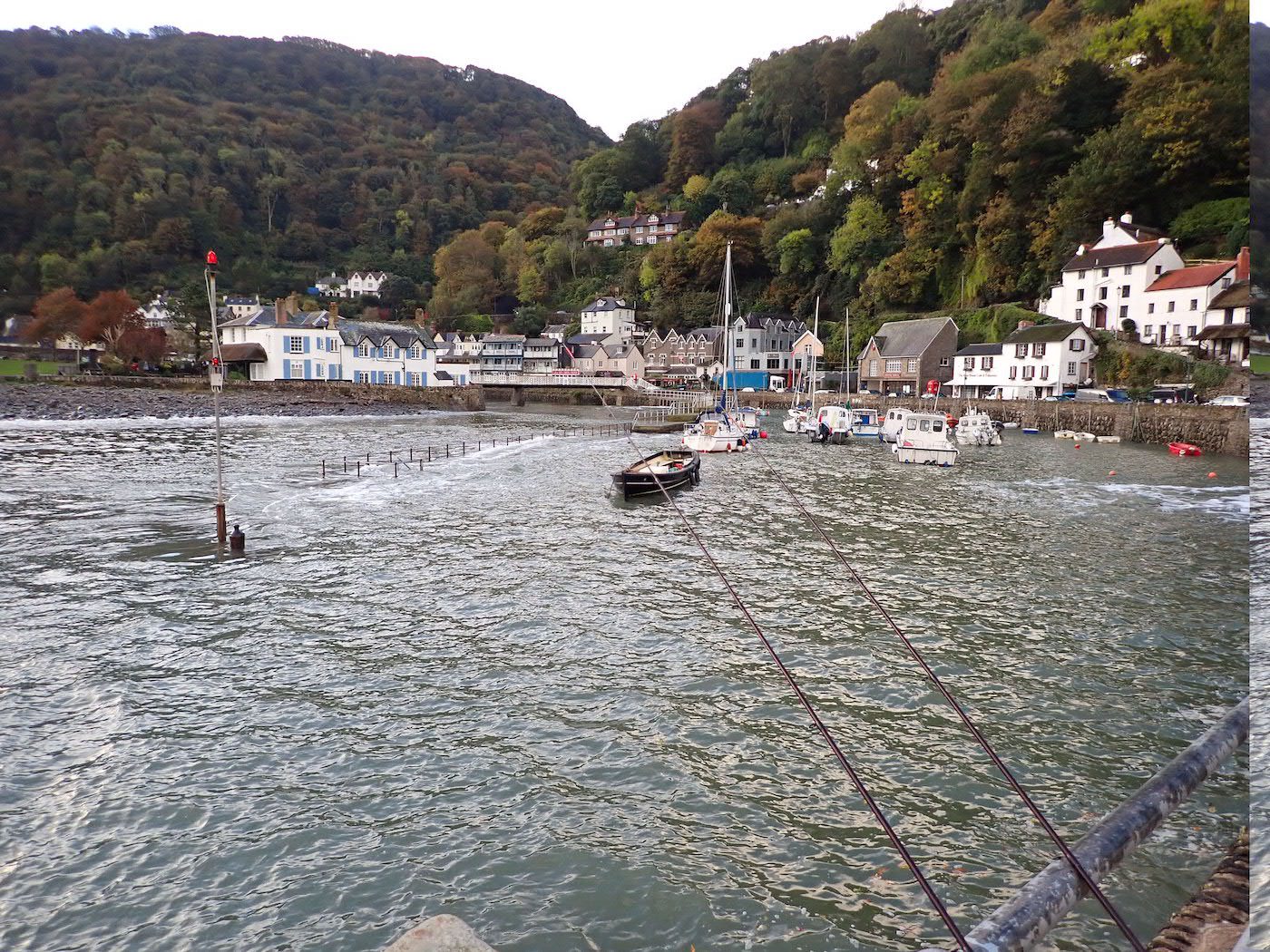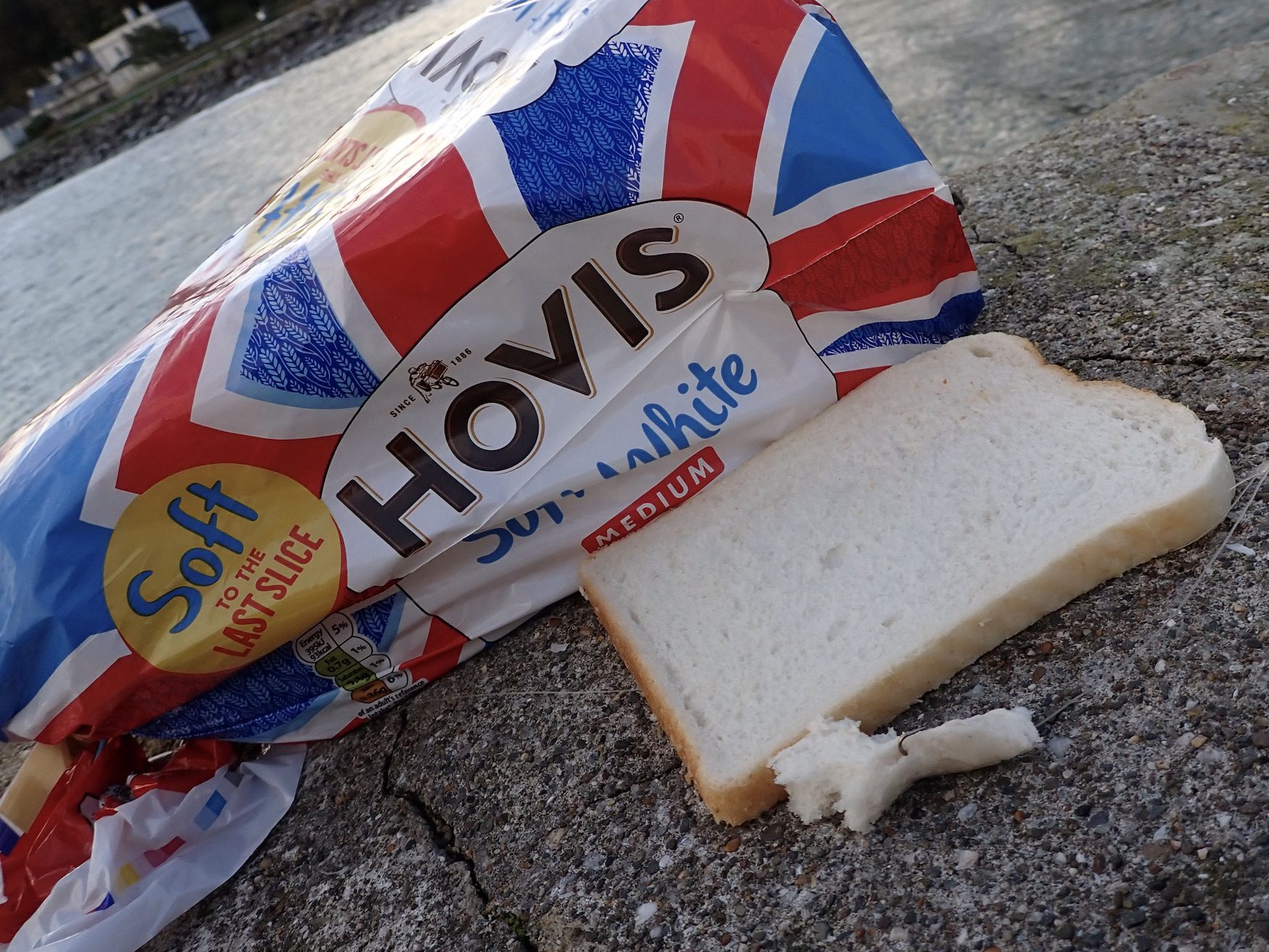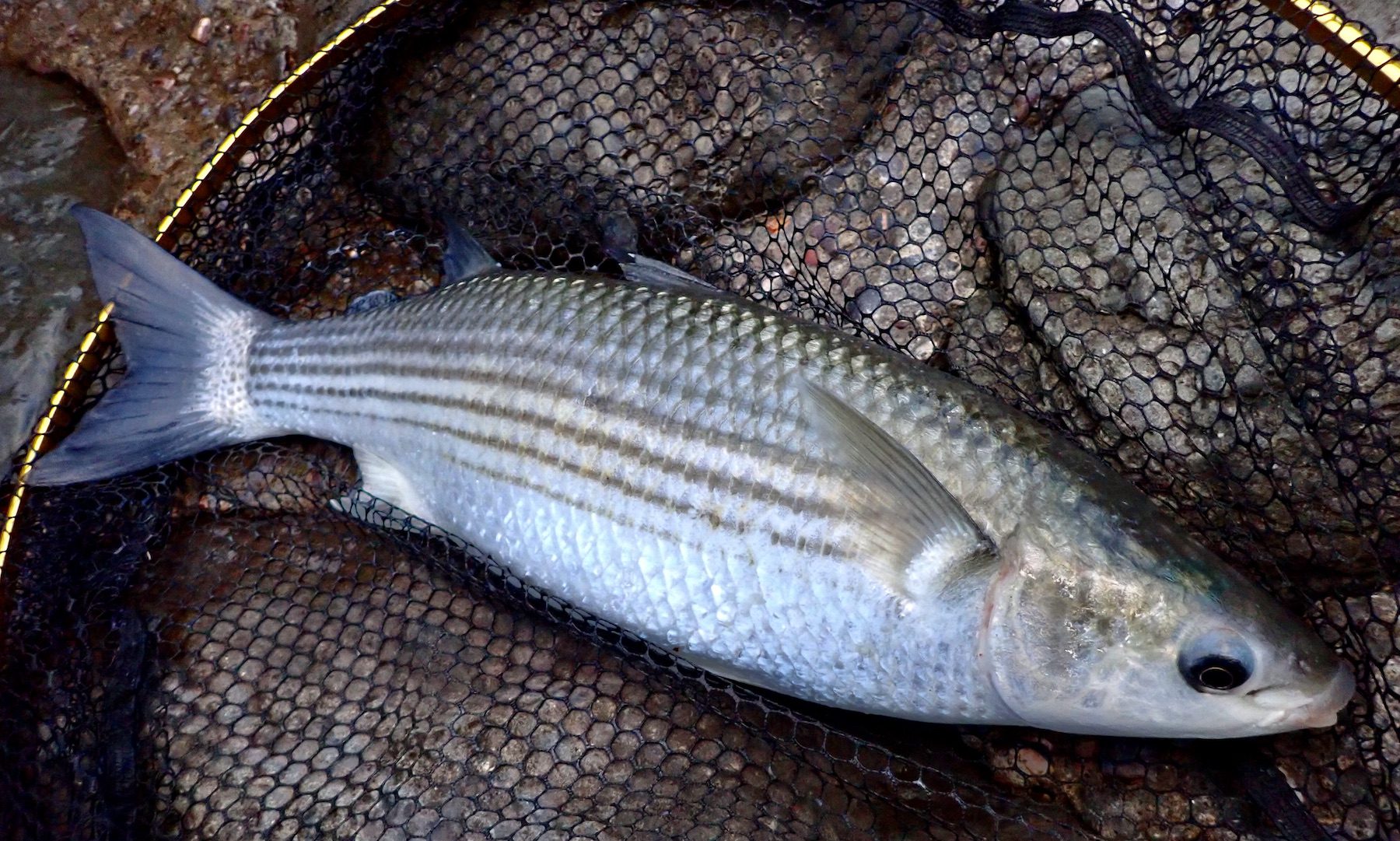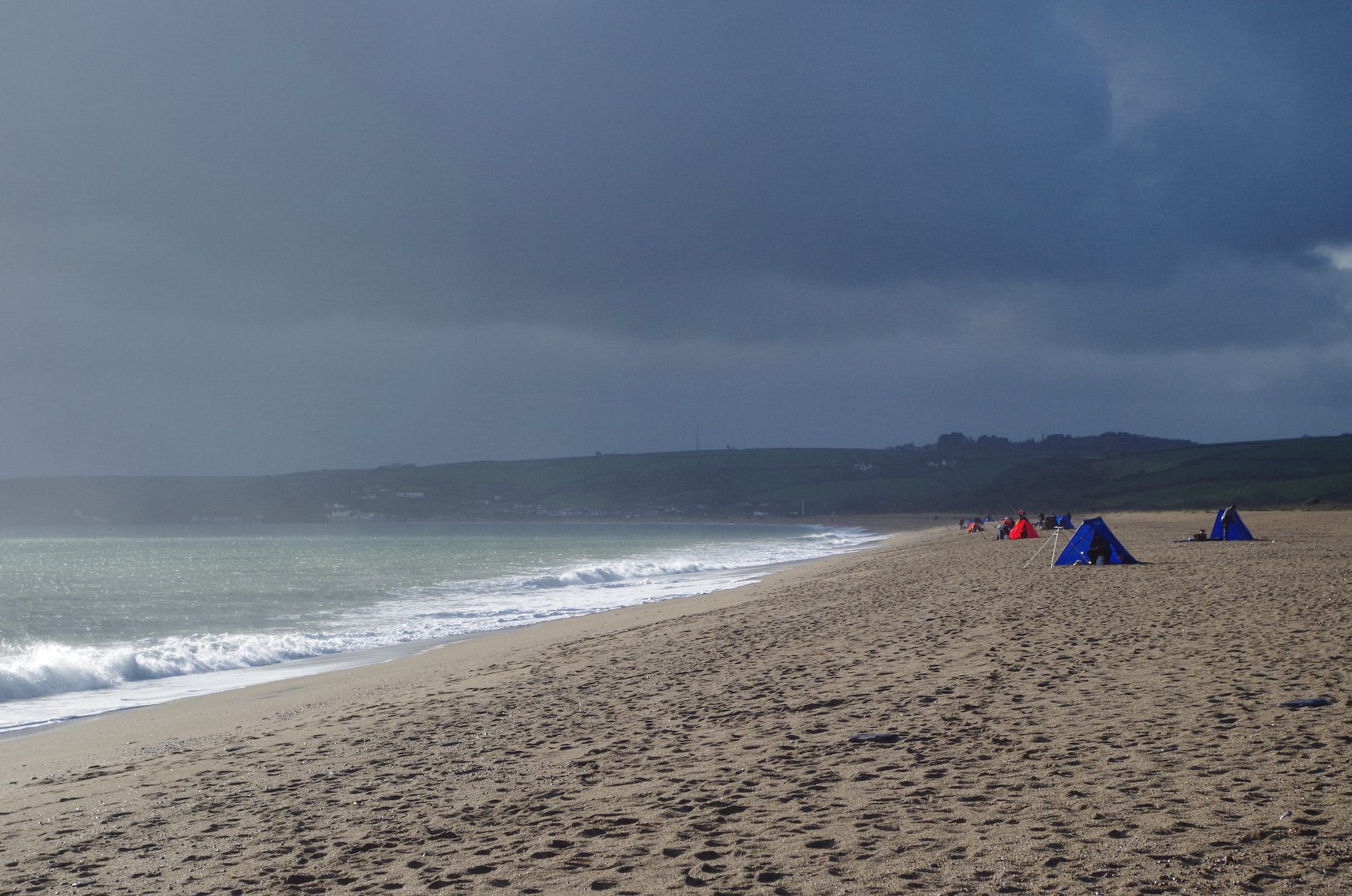


Coming from North Devon it was great to be able to set up on the beach without having to chase the tide up and down. The sight of beach shelters are rare up on the North Devon Coast where the tides make them impractical. And up North we are of course more hardened to the cold weather shunning the need for shelters!
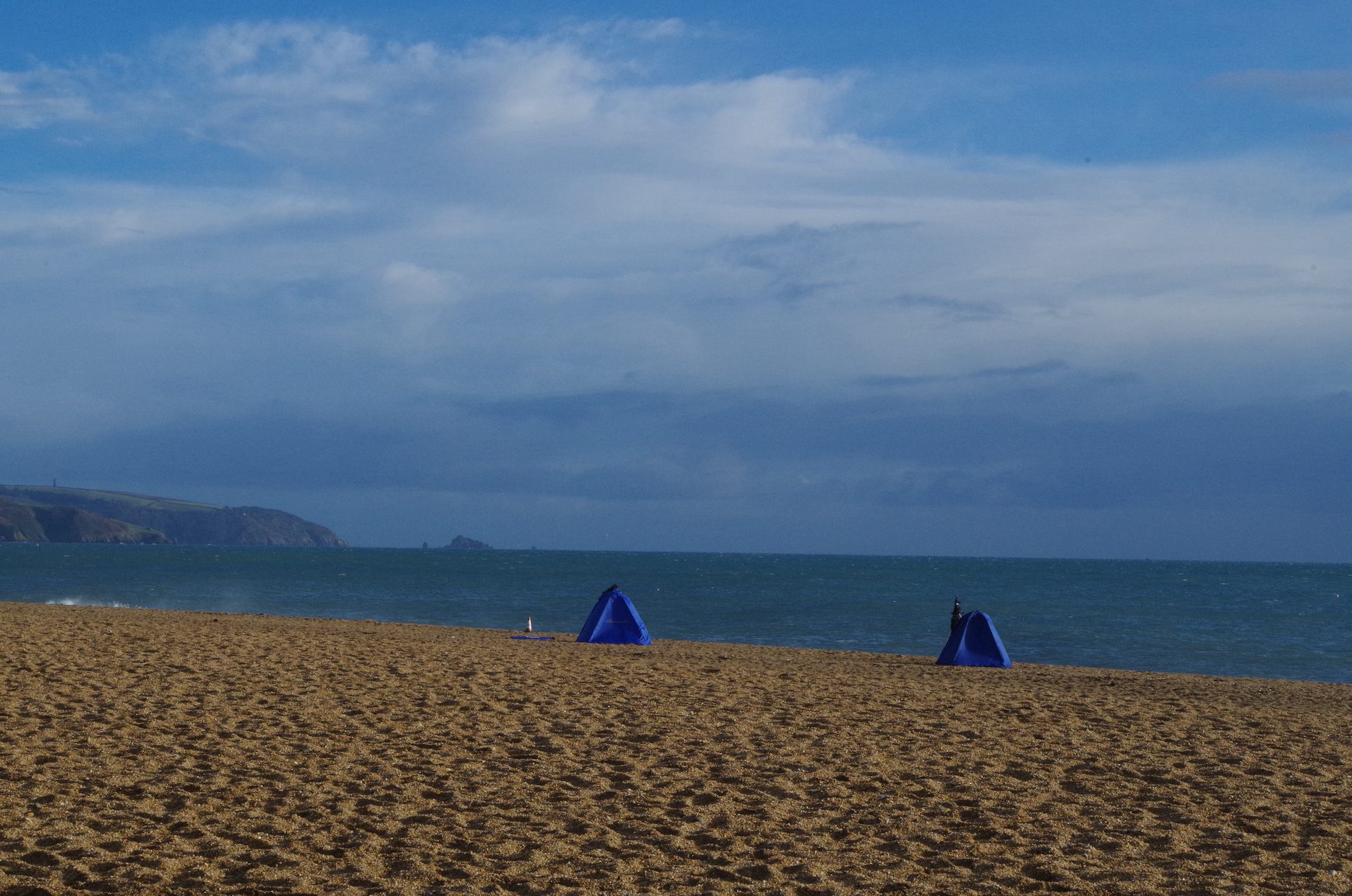
Slapton is a superb competition venue having plenty of parking and easy access along its 3 miles of course sand. There are a wide range of species caught from the beach throughout the seasons.
Slapton sands has an interesting history with a very moving story attached to it. In 1943, the beach was used by the allied forces as a rehearsal area for the D-Day Landings. Unfortunately, a combination of live ammunition and poor visibility resulted in the deaths of 749 American servicemen. You can visit a stone monument which was set in place on Slapton Sands to commemorate the ill-fated.
Whilst I had never fished the beach at Slapton I have fond memories of pike fishing in Slapton Ley before angling ceased under the stewardship of the Slapton Ley Field Centre. The Ley once held huge shoals of rudd and pike to twenty pounds. Its reed fringed waters provided a fascinating and atmospheric venue.

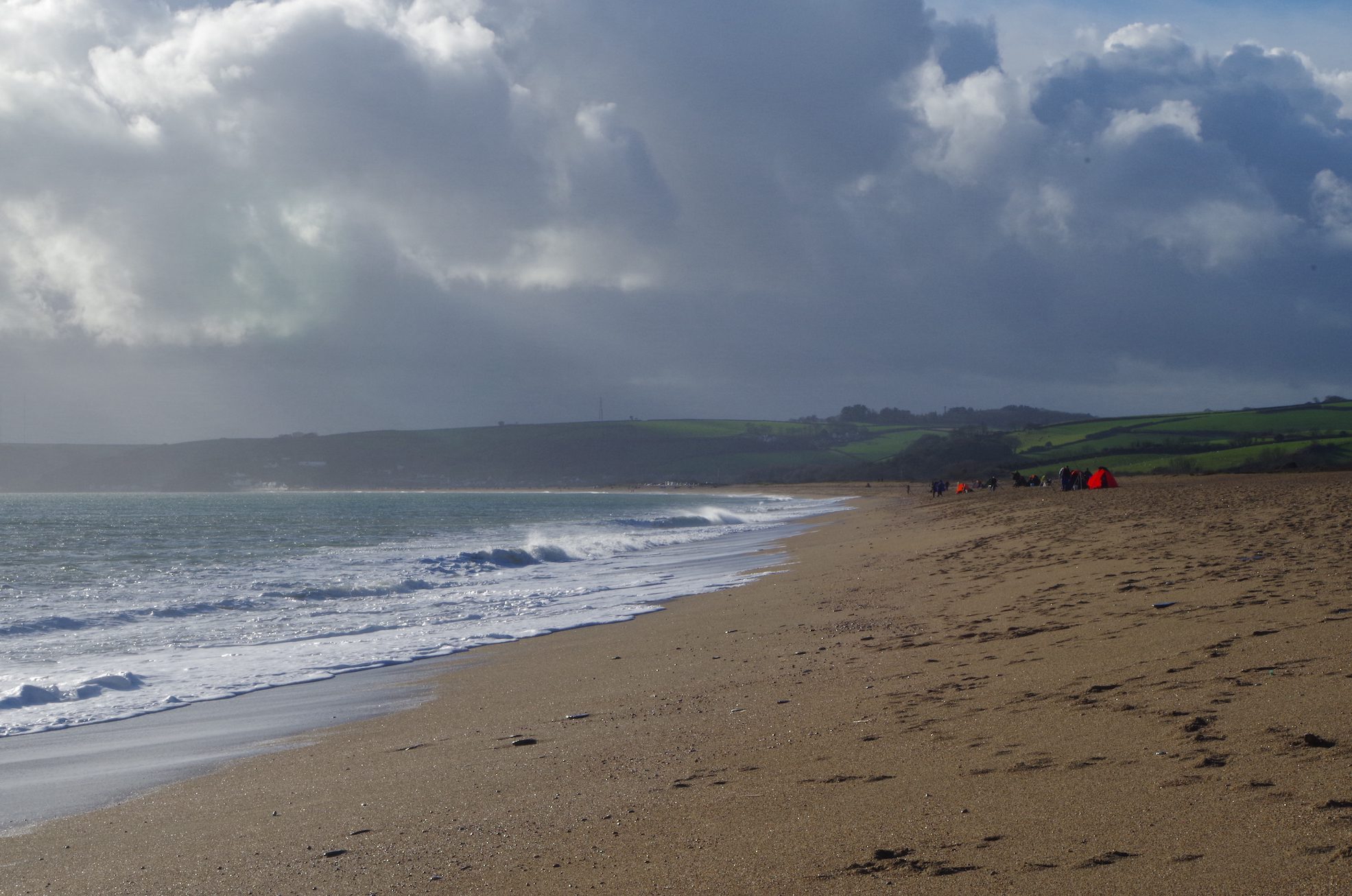
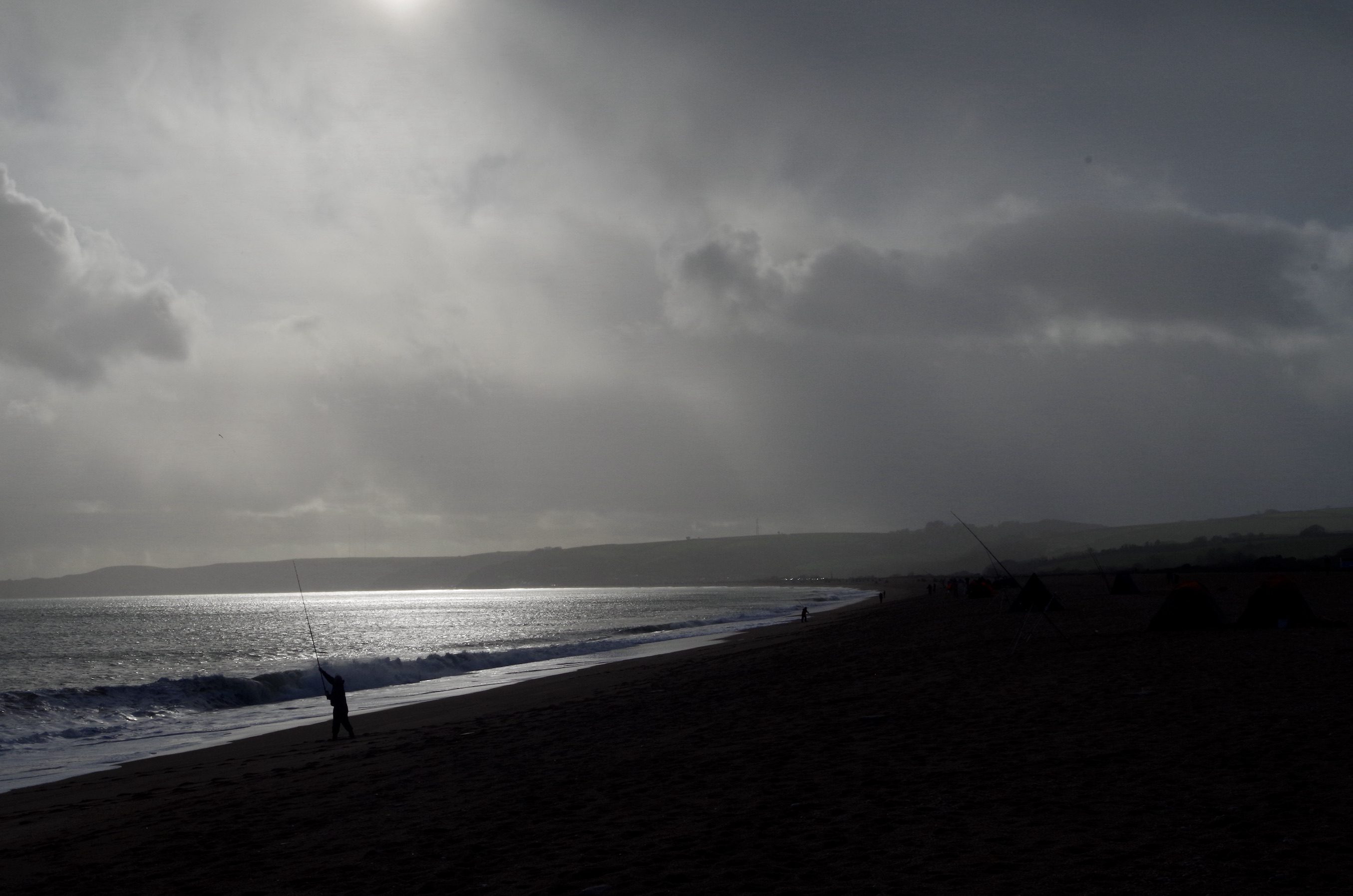
As is often the case in large sea angling competitions the weigh in reveals plenty of fish at the scales with dogfish and whiting dominating. The introduction of catch and release for ray, smoothound and spurdog was in my view a positive step towards conservation. I intend to fish again next year and hopefully tempt a brace for the weigh in.
Congratulations to all those who won prizes. And big thanks to those who organised the event and to the generous sponsors.
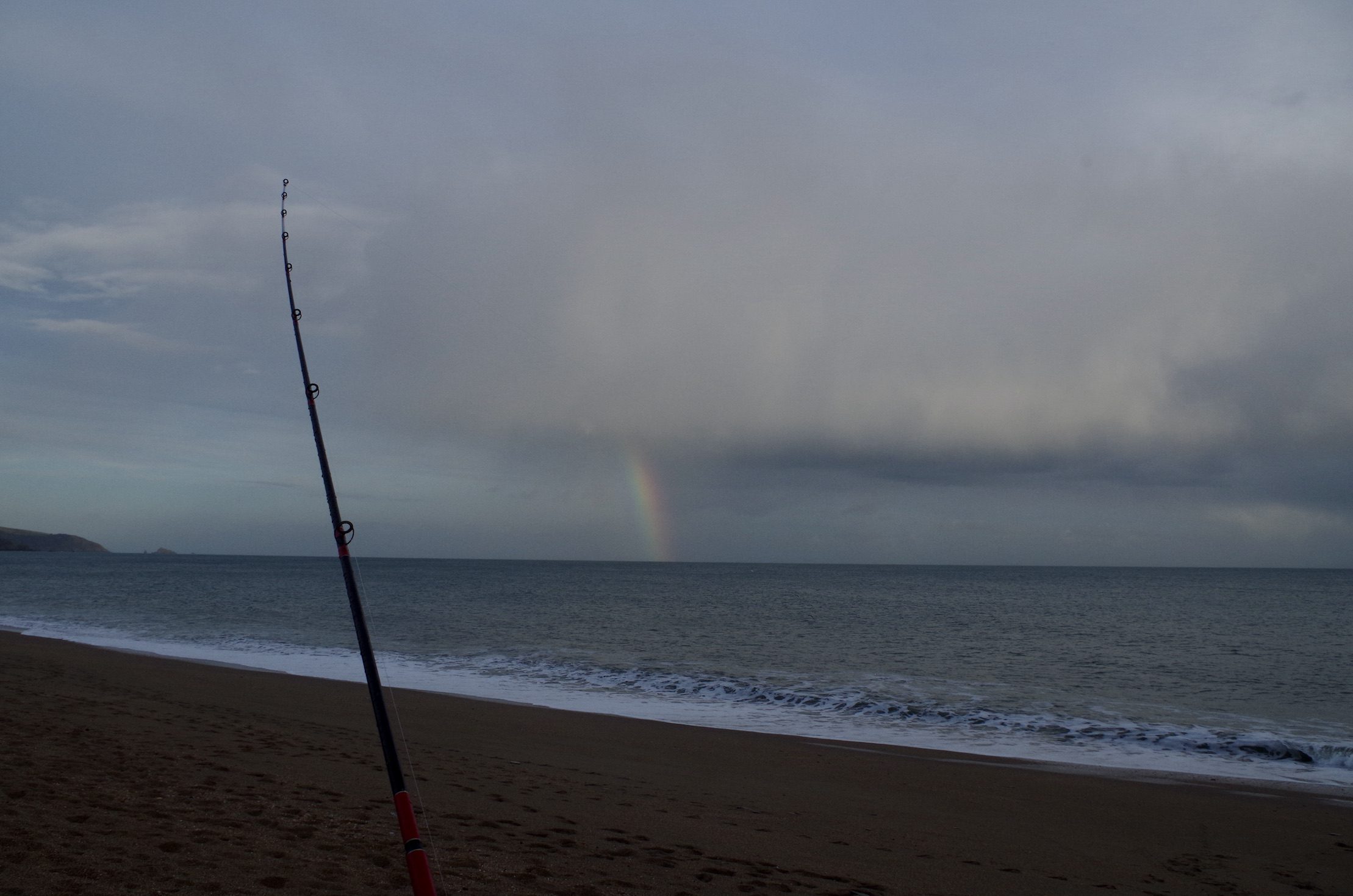



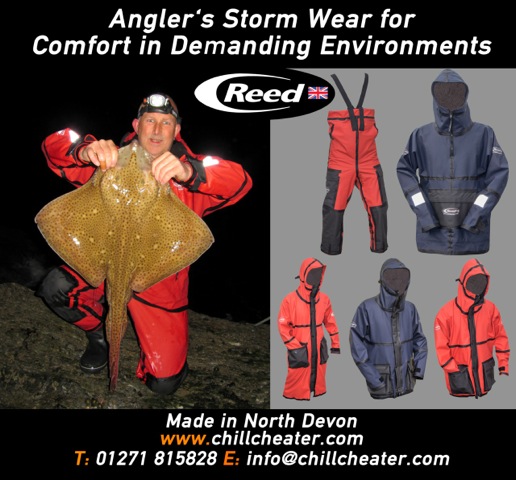
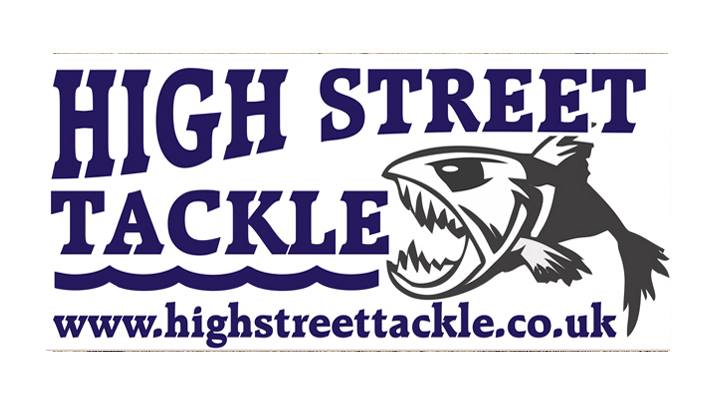
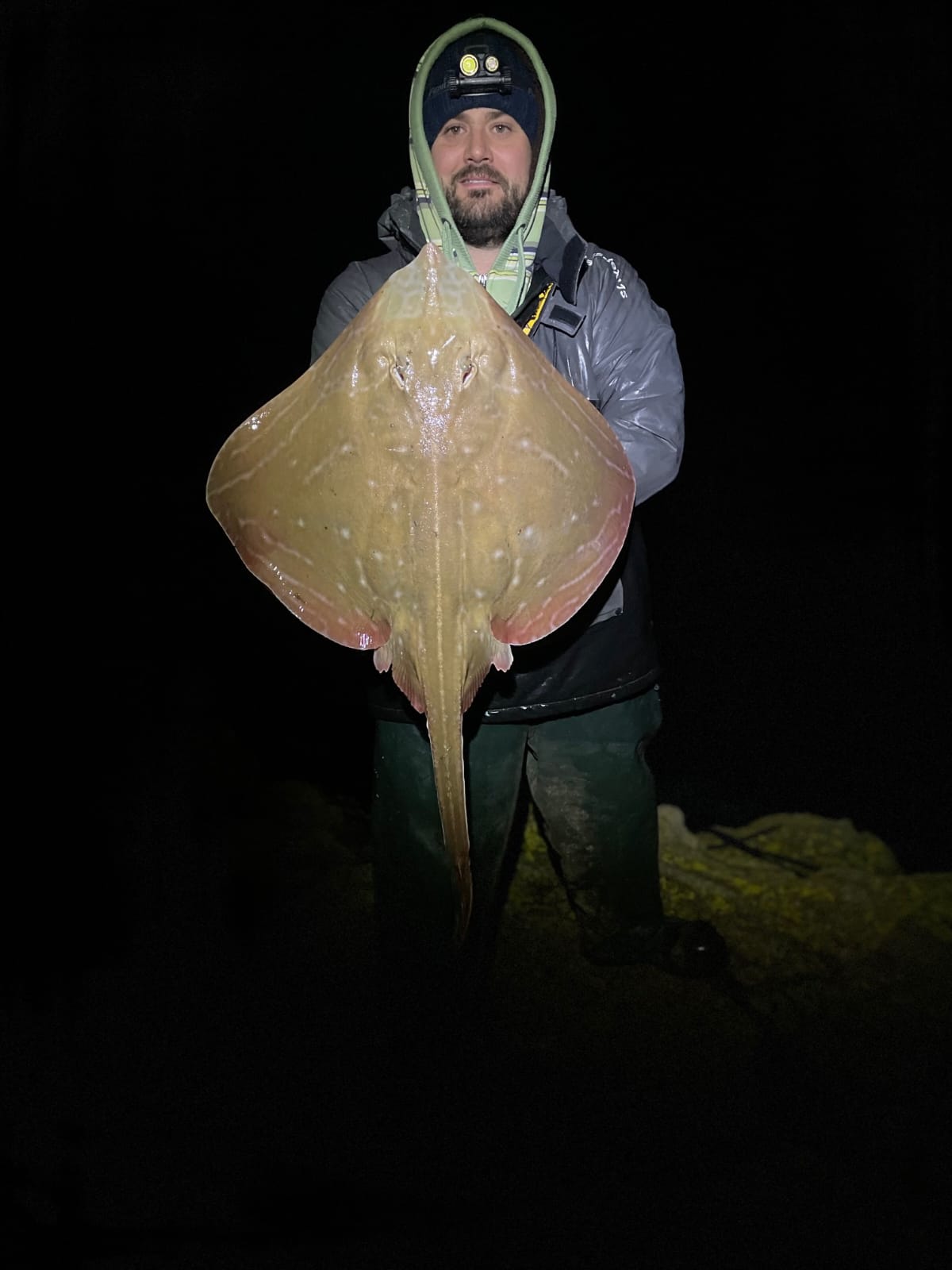
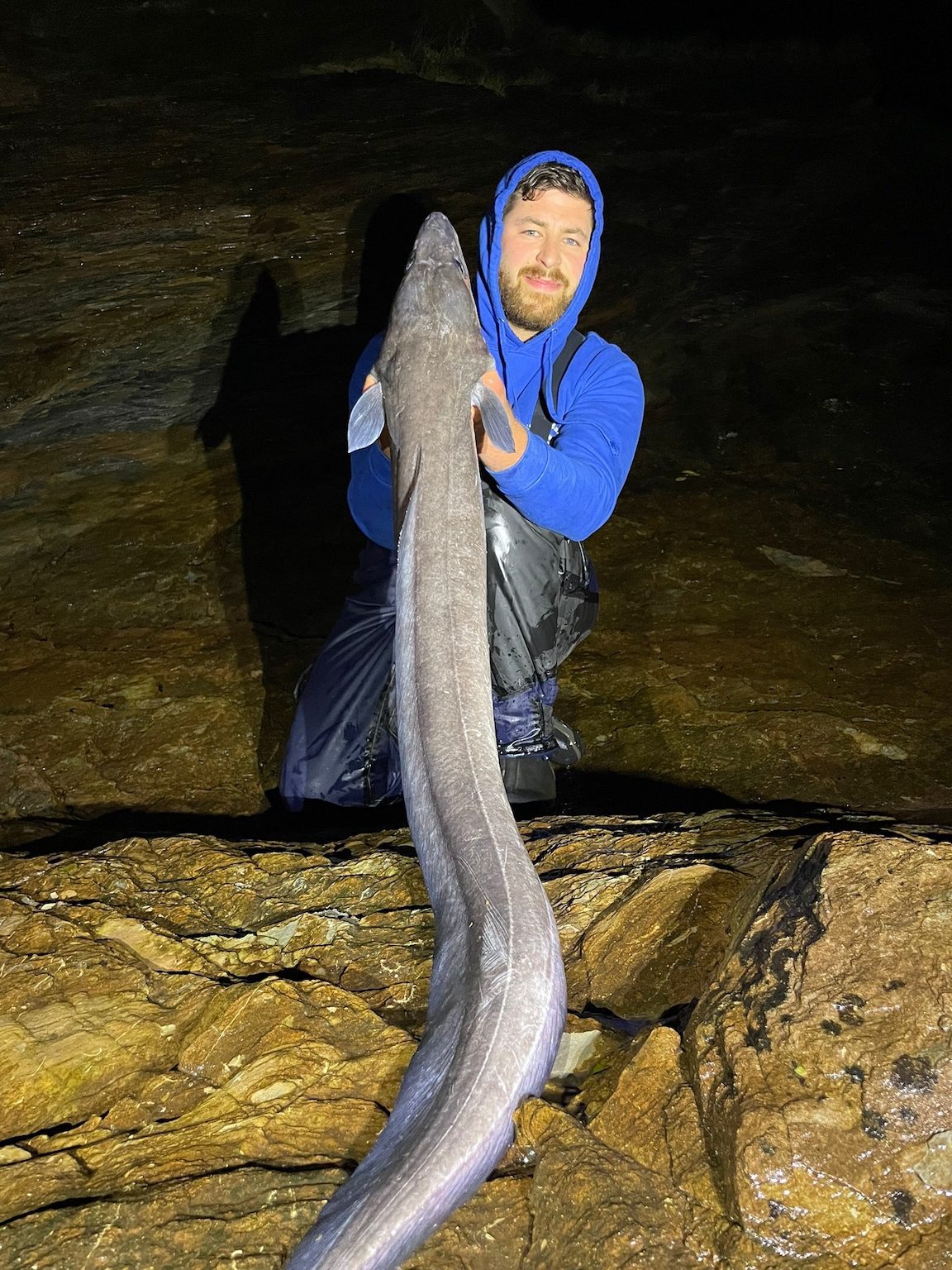


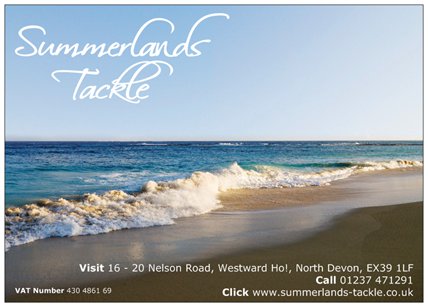
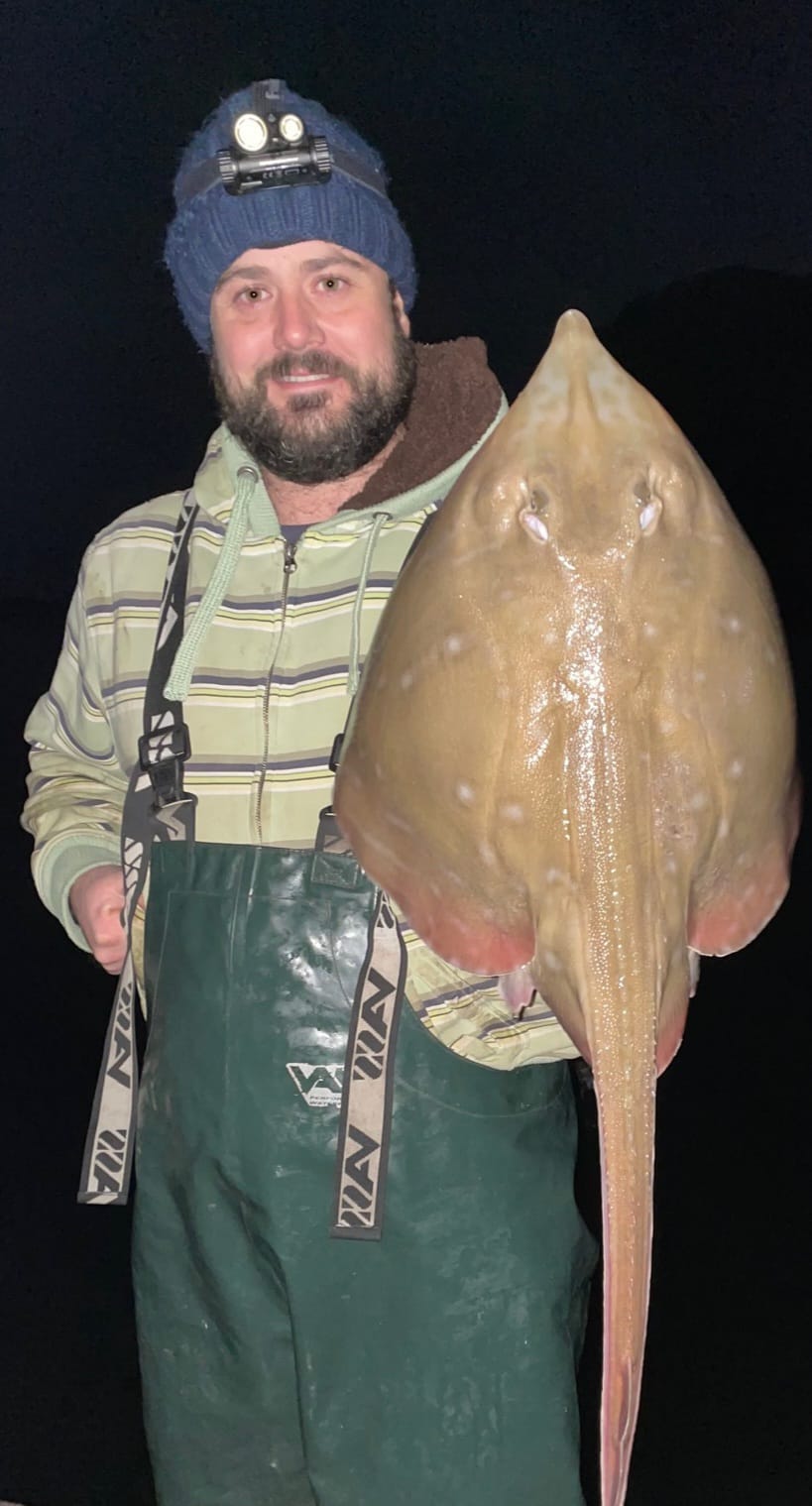
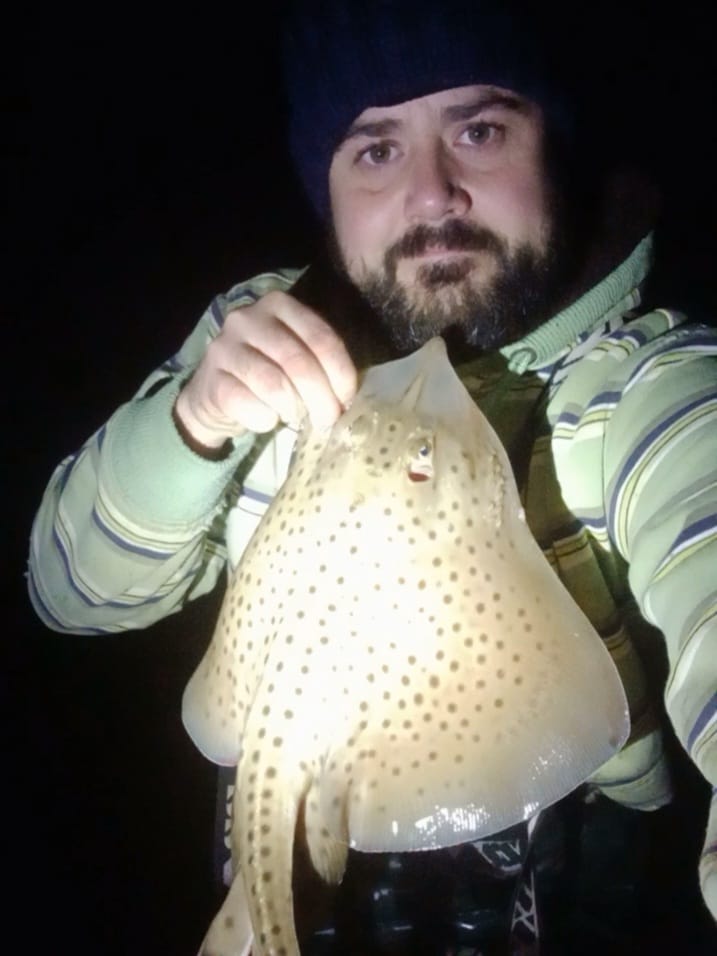

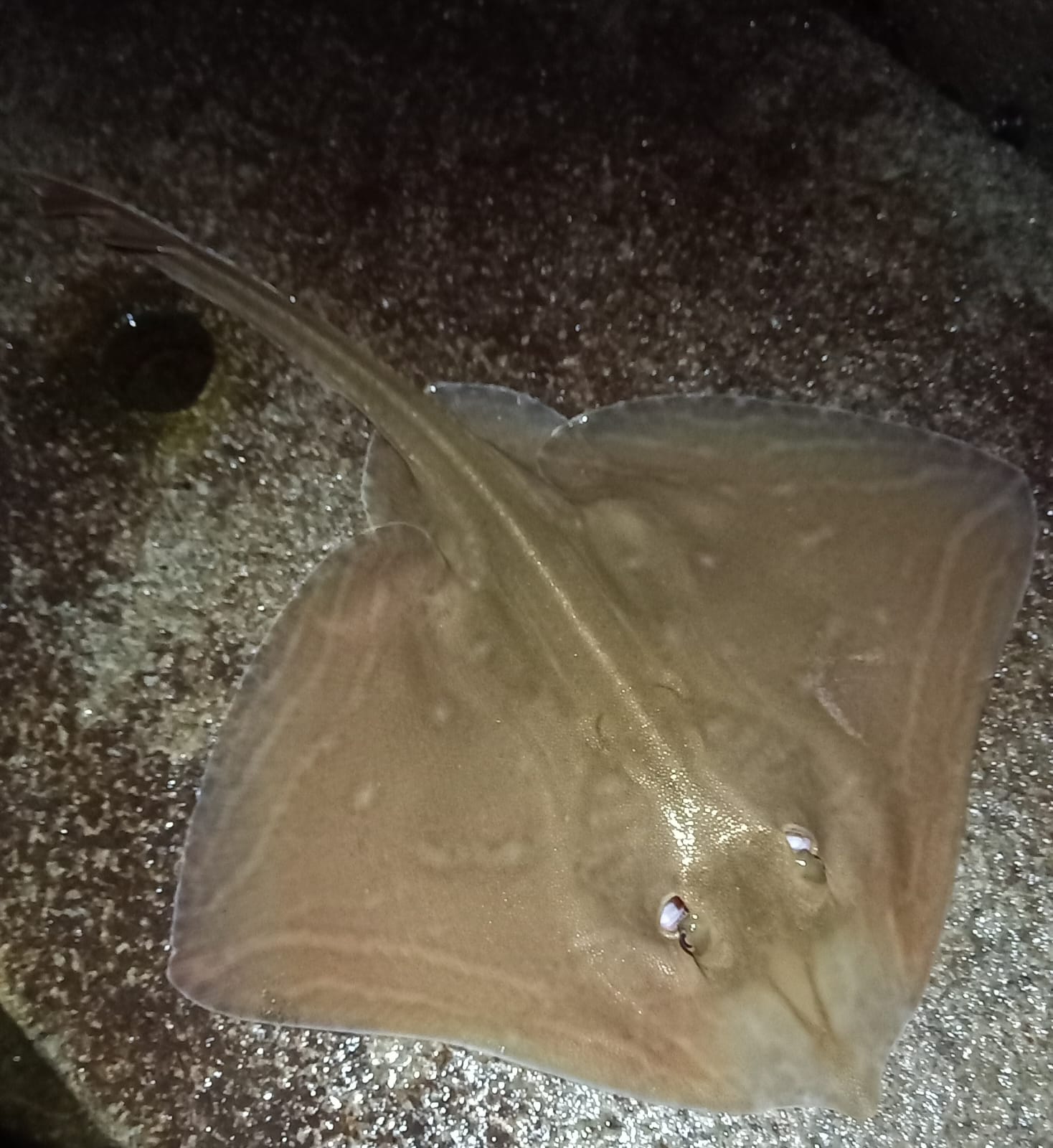
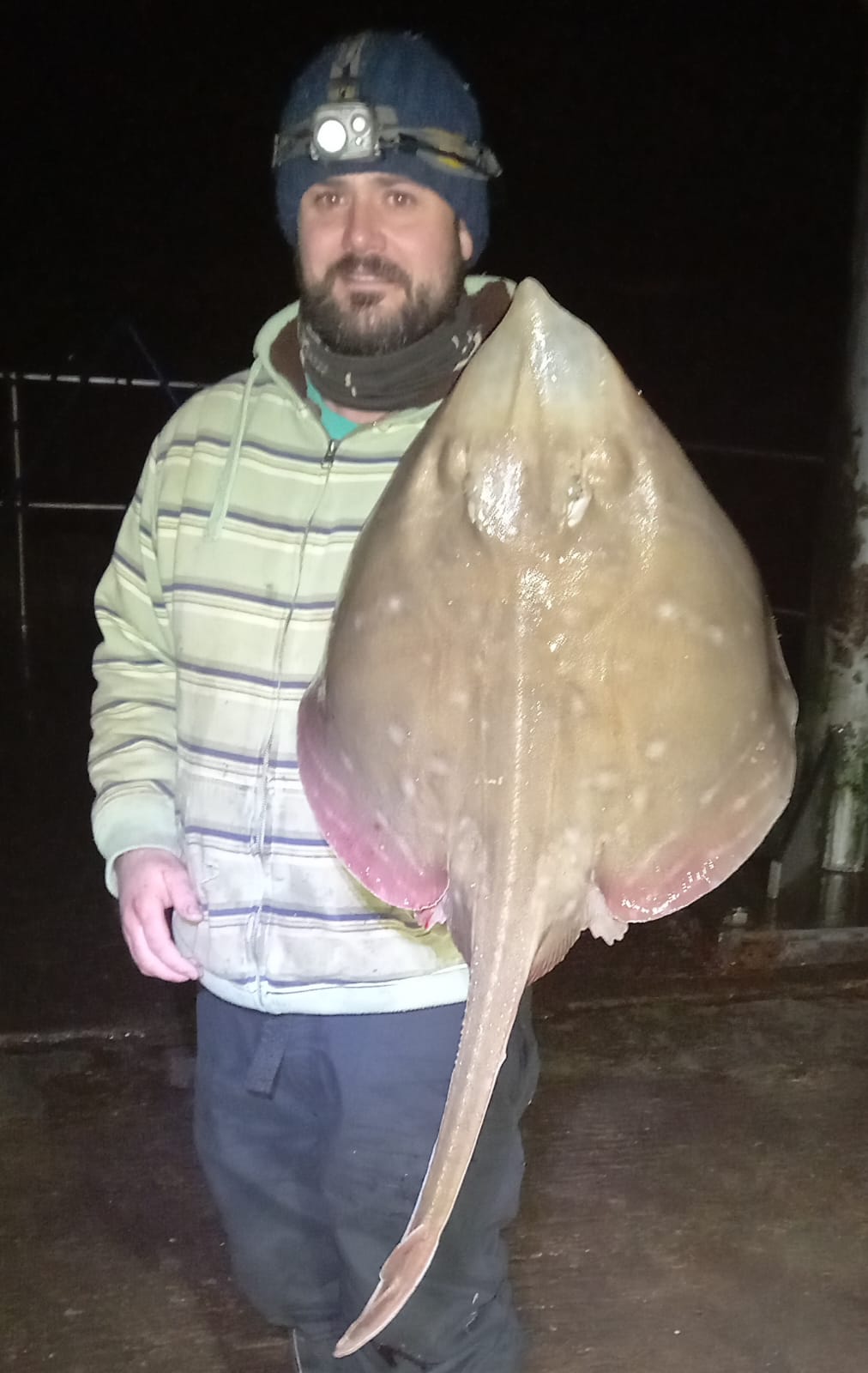
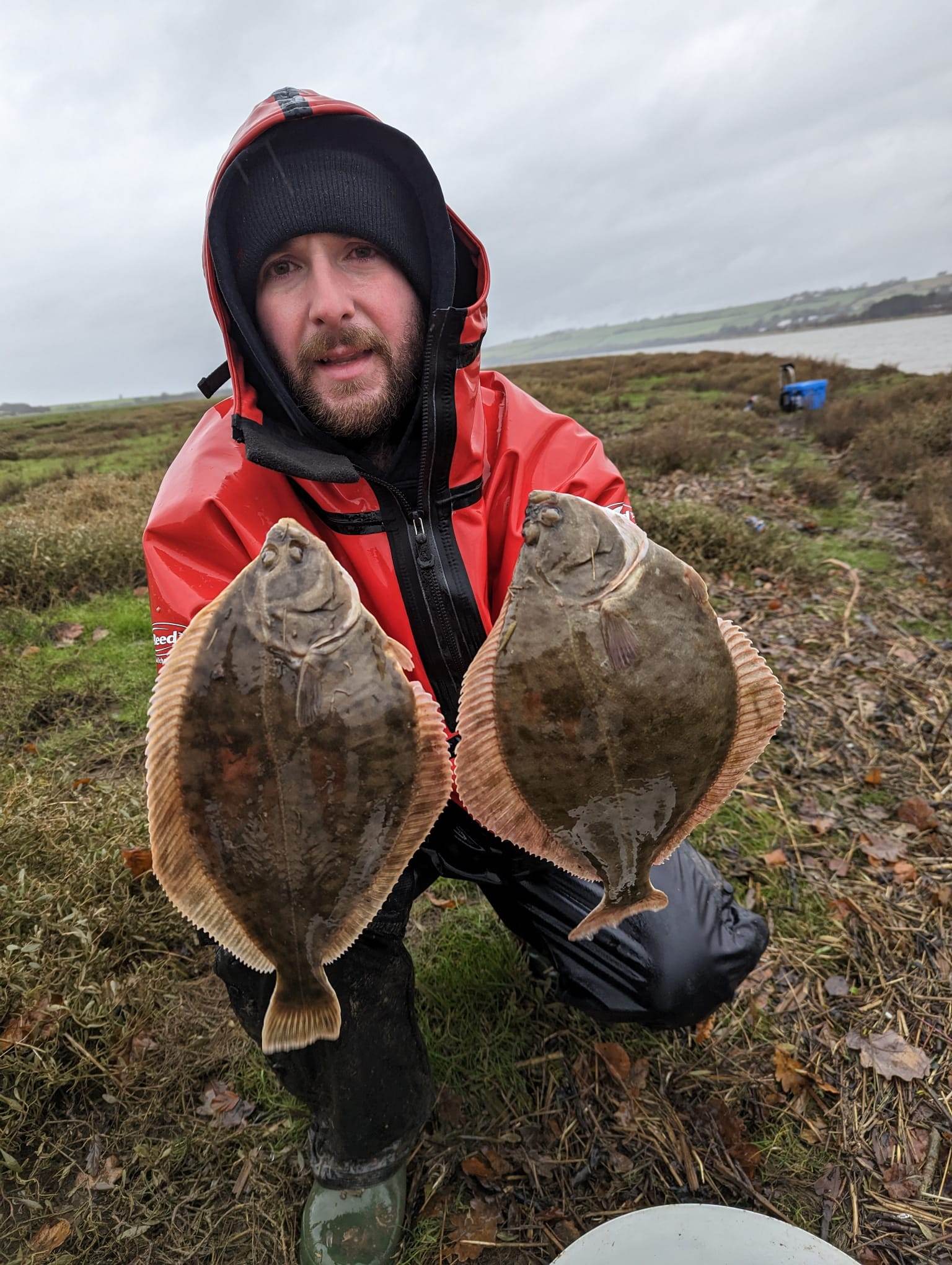
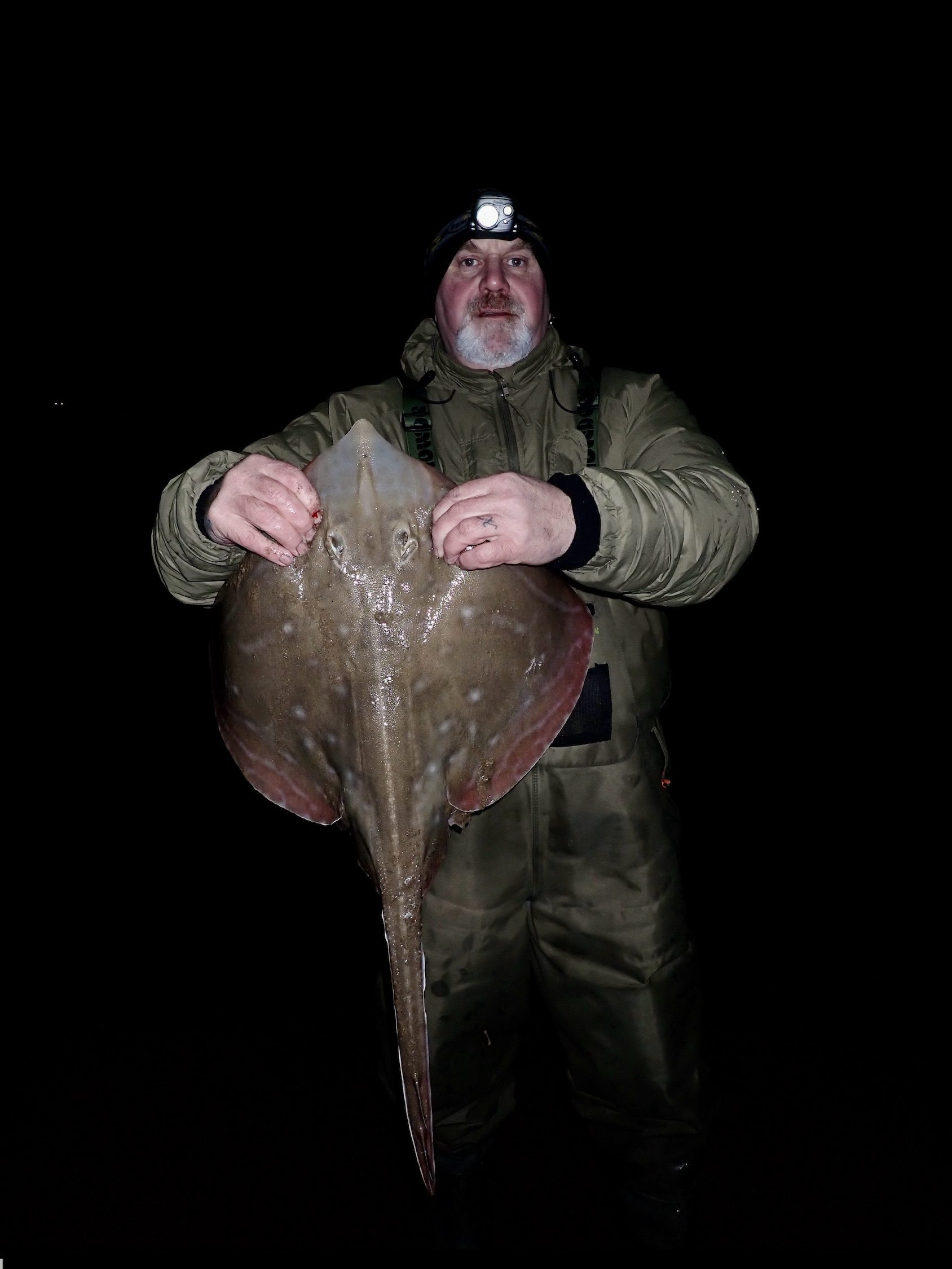
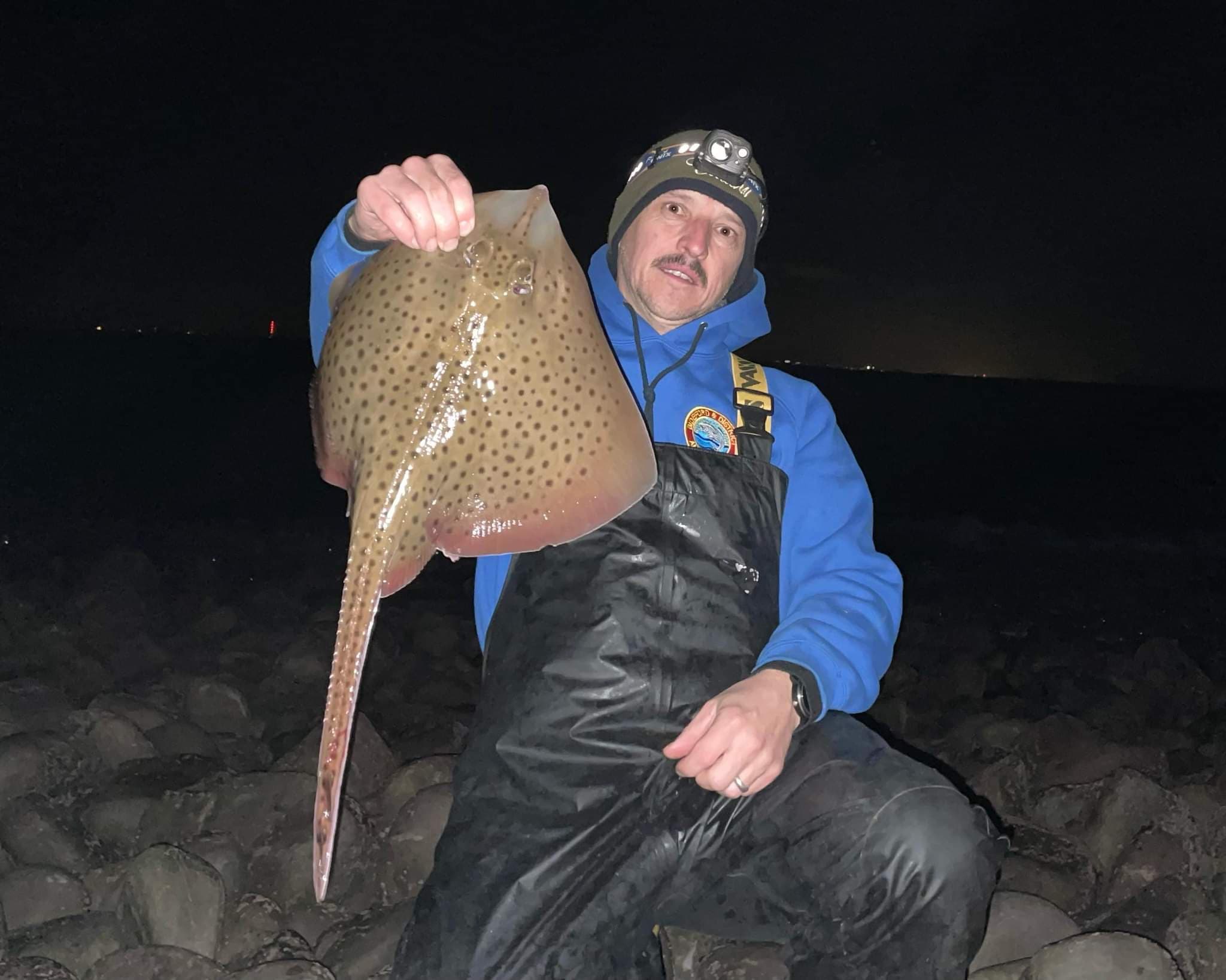
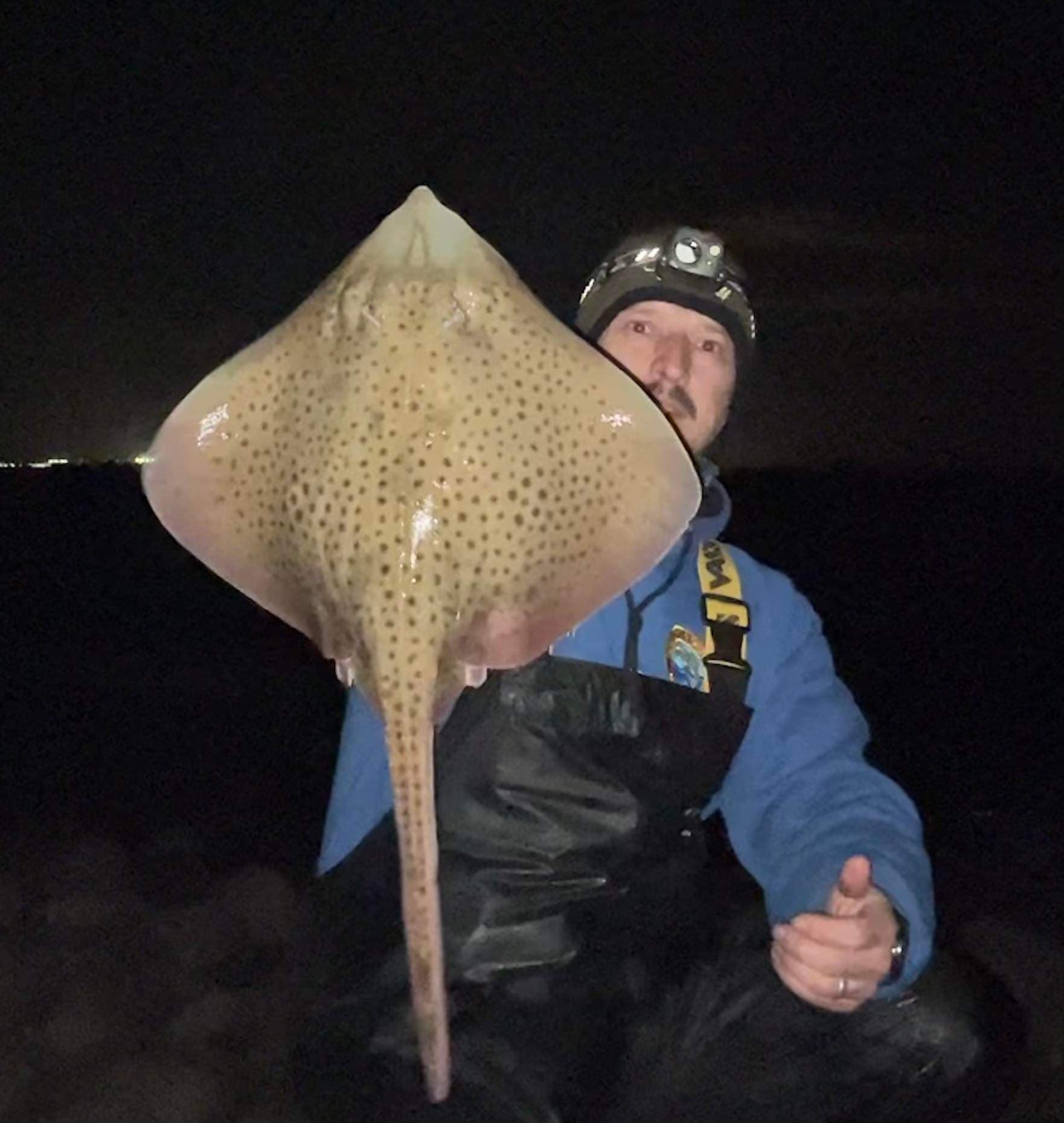
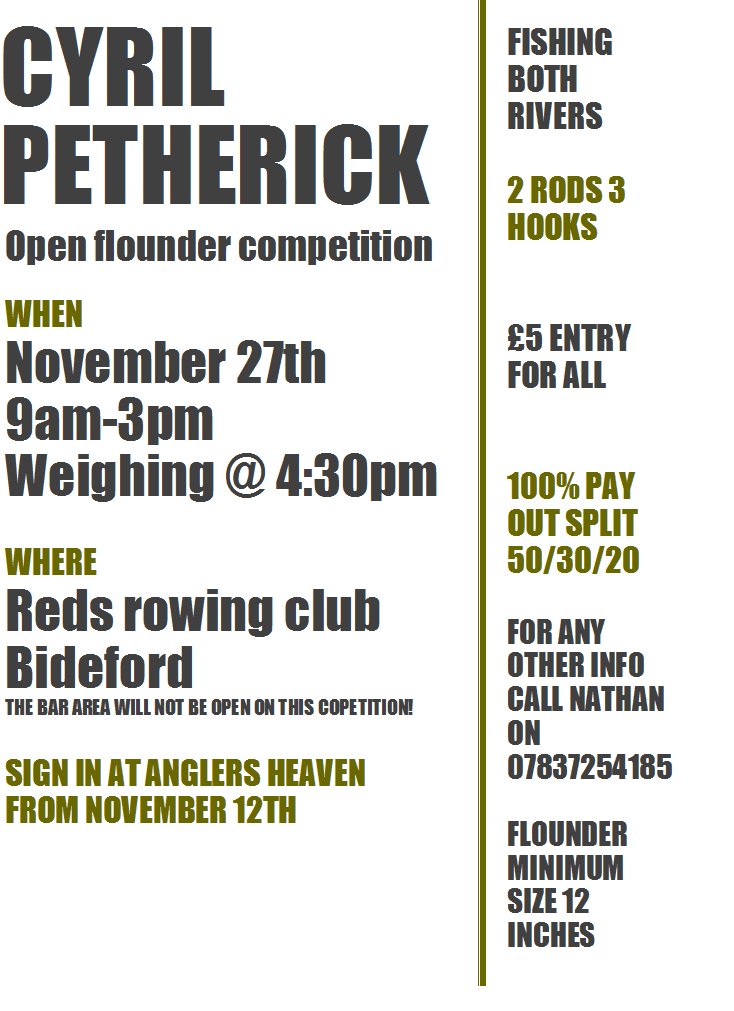
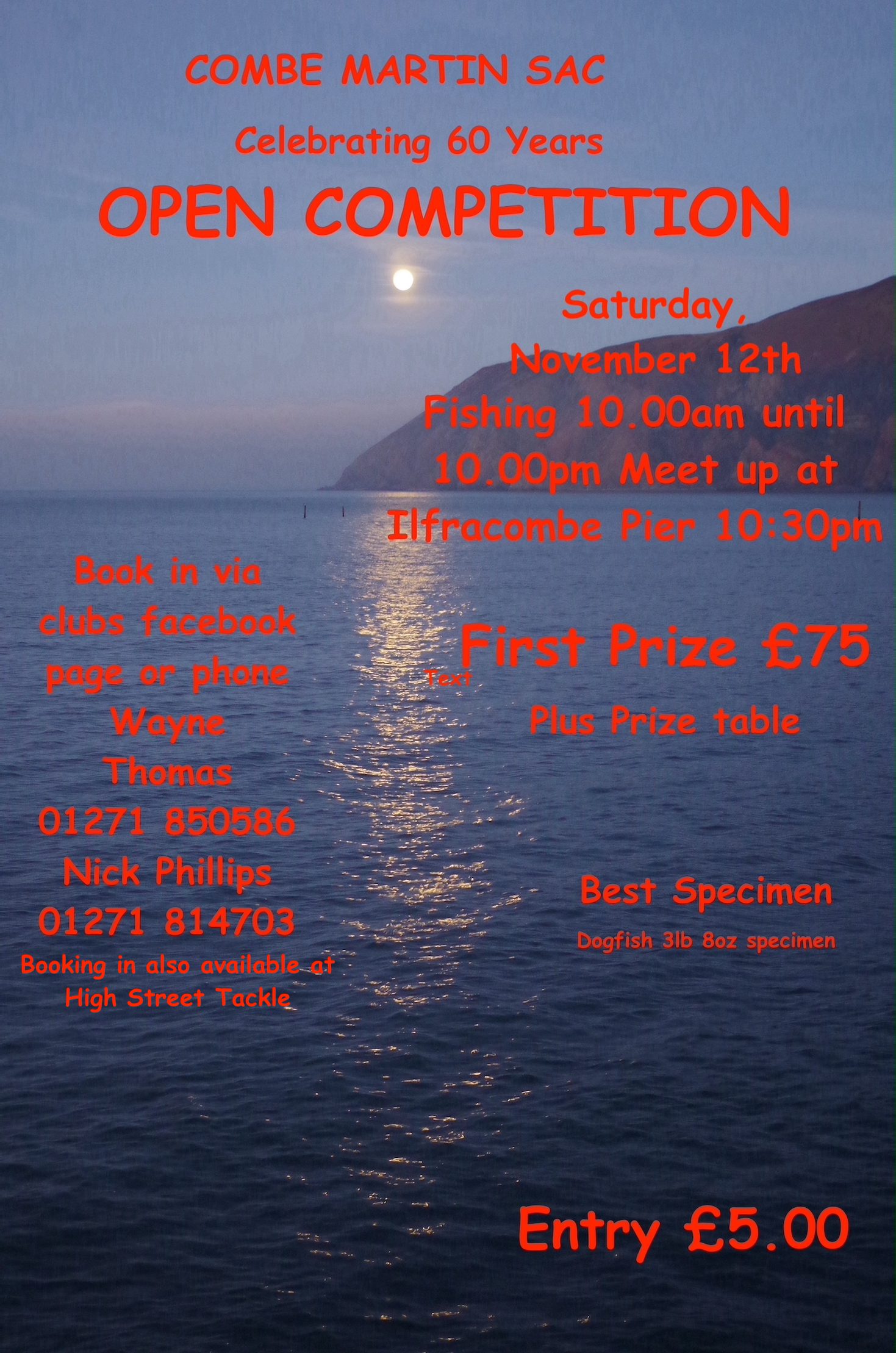
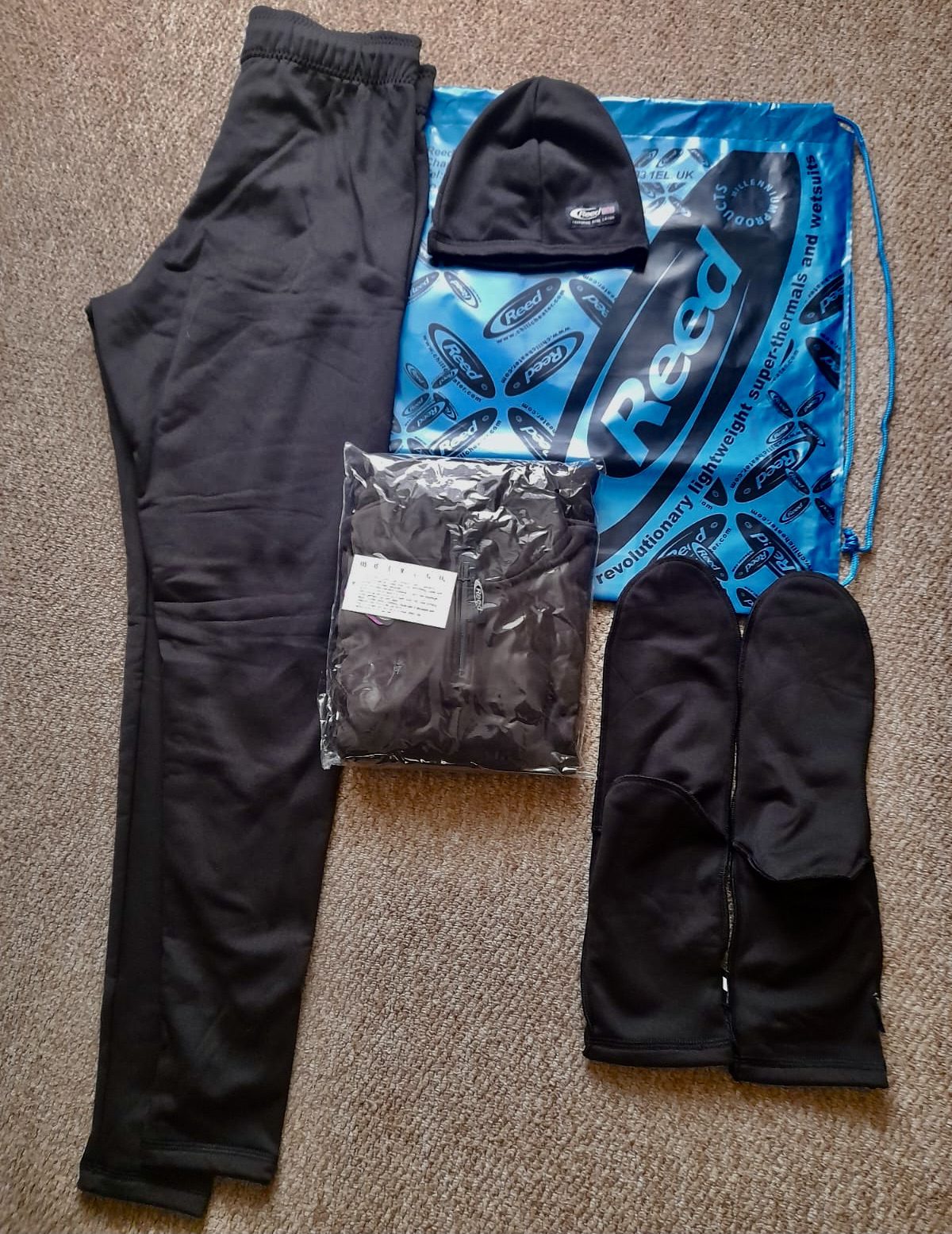
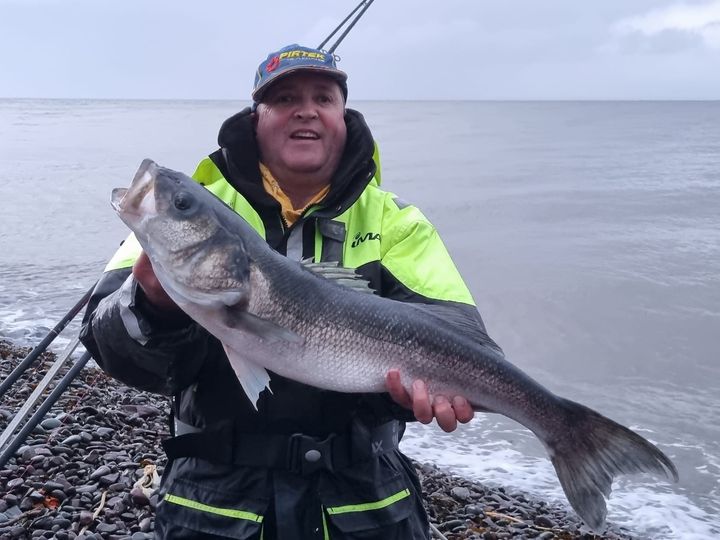
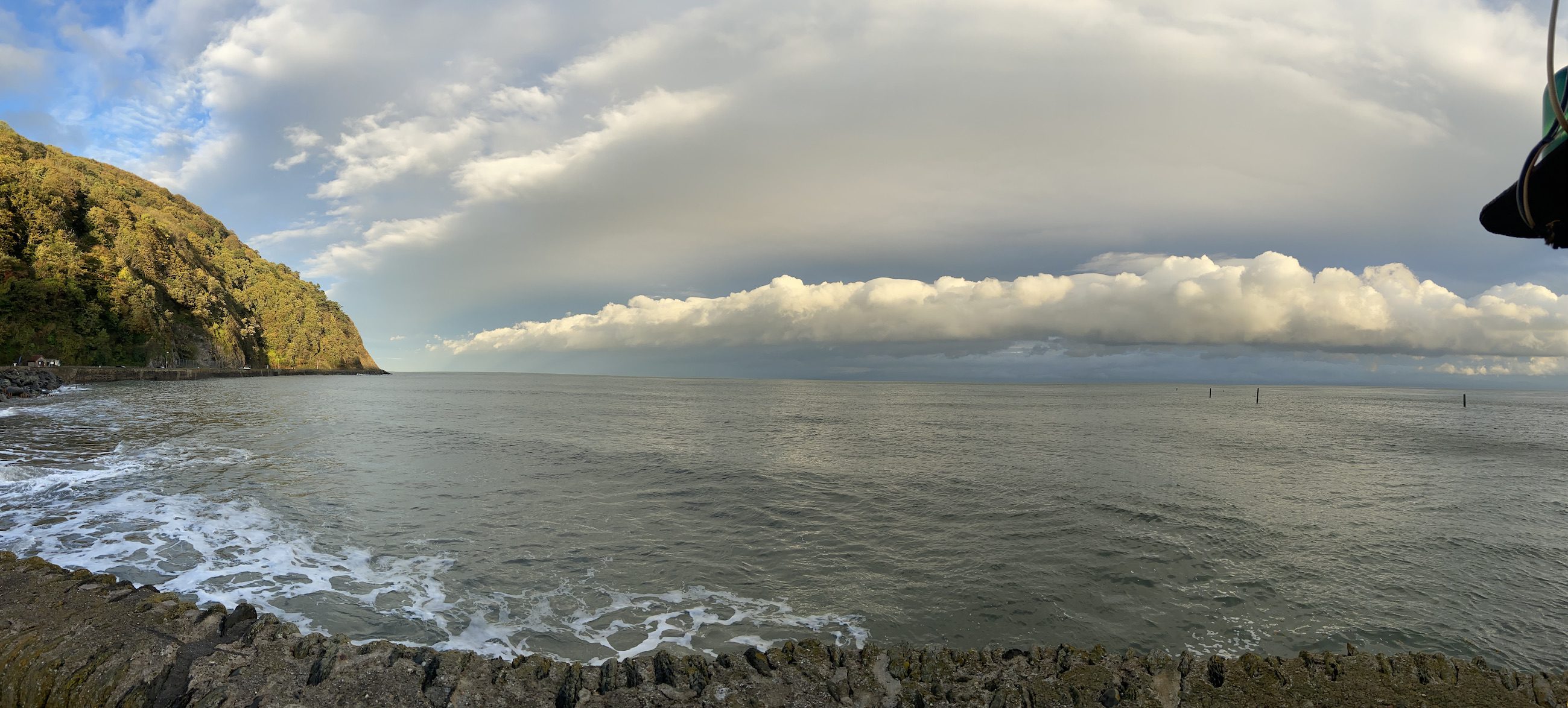 October and early November can offer some of the best mullet fishing of the year as these fish often feed hard prior to the onset of winter. In past decades the end of October signalled the end of the mullet fishing season but now these wily fish can be caught throughout the year. Harbours and rock marks are well worth fishing throughout North Devon.
October and early November can offer some of the best mullet fishing of the year as these fish often feed hard prior to the onset of winter. In past decades the end of October signalled the end of the mullet fishing season but now these wily fish can be caught throughout the year. Harbours and rock marks are well worth fishing throughout North Devon.